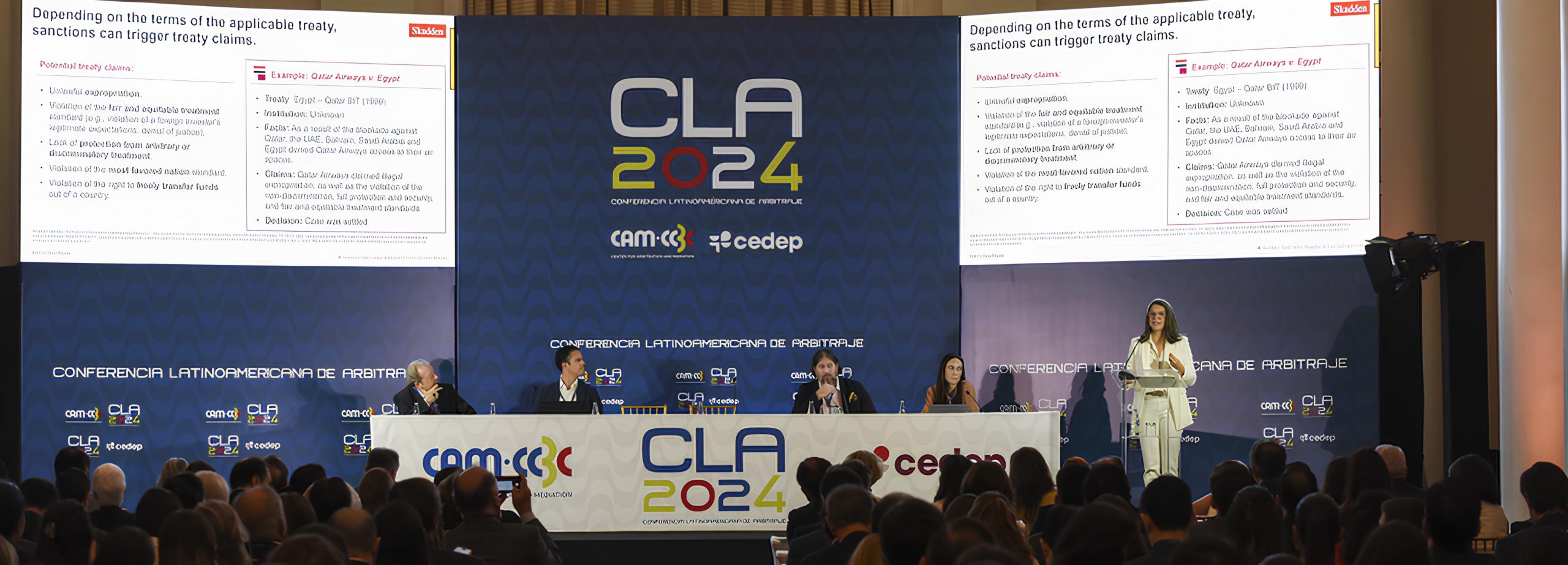Exchanges between Brazil and Canada and incentive to the use of technological solutions were some of the topics covered in the last Bate-Papo de Comércio Exterior
By Sérgio Siscaro
The challenges brought by the spread of the new coronavirus make Brazil’s task of reactivating its economy more urgent – and one of the sectors that can most contribute to this recovery is civil construction. The sector’s participation in the Brazilian Gross Domestic Product (GDP) reveals its importance, which also applies to Canada: just as it happens here, the three industries that make up engineering, repairs and other construction services also contribute decisively in the country’s wealth generation.
In its last edition, held on October 28, Bate-Papo de Comércio Exterior [Foreign Trade Chat] – a regular event promoted by CCBC to discuss issues related to the commercial relationship between Brazil and Canada – discussed the topic “The civil construction market in Brazil and Canada”. Held virtually, the event brought together the Innovation Director of Teckma Engenharia, Carlos A. Guerretta; Noah’s CEO, Nicolaos Theodorakis; and the president of the Brazilian Chamber of the Construction Industry (CBIC), José Carlos Martins. The moderation was in charge of the business development manager of Grupo V. Santos and vice-president of the CCBC Foreign Trade Committee, Fernando Marques.
Back to nature
Wooden houses are used in many parts of the world, and Canada is no exception. Able to offer the same advantages of traditional construction in terms of strength of materials, wood is also a much more sustainable – and economical option. “Our company develops construction technologies that do not contribute to CO2 emissions. We have worked together with Canadian companies in this regard, with the support of CCBC ”, said Theodorakis, from Noah.
He said that, within the development of a productive wooden construction chain in Brazil, the company is bringing the country cross-laminated timber (CLT) – an element that brings together the benefits of being environmentally sustainable and structurally efficient for buildings “The use of wood allows the industrialization of construction – which allows faster and cheaper works, with less waste of materials. This is our purpose: to combine sustainability with industrialization technology ”, he said.
The CEO of Noah stressed, however, that the use of wood must follow patterns of professional use of extraction in the forests – as is done in Canada. “There, 20% of the forests are destined for industrial use, but with the relocation of trees – similarly to what the pulp and paper industry does here in Brazil. In Canada, this has been done for 15 years, and the size of the forests has increased due to this professional performance.”
Training for tomorrow
Present in the segment of engineering, construction, industrial maintenance works and services, Teckma Engenharia already has relationships with Canadian technology companies. According to its director Guerretta, the company is already adapting innovations involving prefabrication and augmented reality to the needs of the Brazilian market. “There is a lot of space to increase the participation of technology in industrial construction – and, thus, raise the level of productivity”, he said.
In Guerretta’s assessment, the construction sector in Brazil is still very conservative, and does not see the need to innovate. This “comfort zone” hinders the process of qualifying the workforce, a key aspect for the introduction of new technologies and increased productivity in the sector.
“Technology is a means, not an end. The end is to generate value through the use of technology. As technological and process issues are resolved, we can qualify and generate value. And this value generation is distributed throughout the entire production chain. In the projects we did, we managed to triple our productivity – qualifying people and applying technology”, he said.
Structural problems
Bringing together other entities in the civil construction sector, CBIC has been following the discussions about the resumption of the Brazilian economy very closely. Martins, president of the entity, considers that the opportunities for commercial exchange with the civil construction sector in Canada are immense. “Now, more than ever, the world is changing very quickly – and nobody can be trapped inside a capsule!” he said.
The CBIC president mentioned as main challenges the high tax burden on the sector and the high level of informality of the workforce employed in civil construction in the country. But he also pointed out that the large housing deficit in Brazil is one of the opportunities for expansion of the sector. “We have to adapt our products to people’s payment capacity – and technology is the key to this, as well as the industrialization of the sector. The construction was supposed to function as a large automaker, with several suppliers, who would supply kits to be assembled. This would improve productivity and quality, and reduce costs,” he said.
For this, he continued, the exchange between Brazil and Canada, with the introduction of innovative solutions, offers the opportunity to overcome the challenges of the sector. “I am sure that much of the technology used by the sector in Canada can be applied here in Brazil.”





